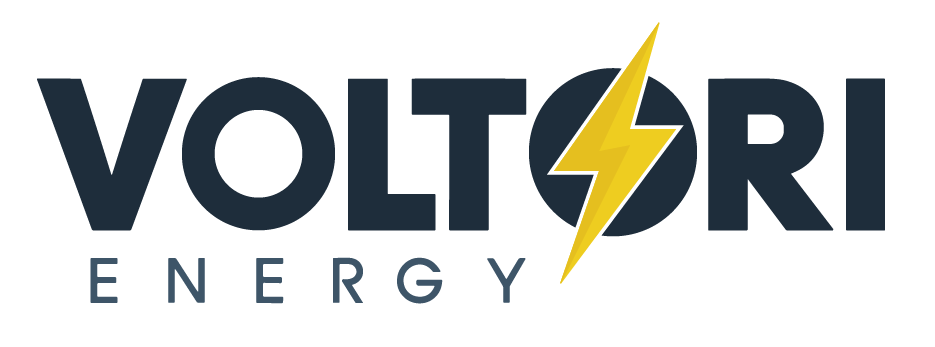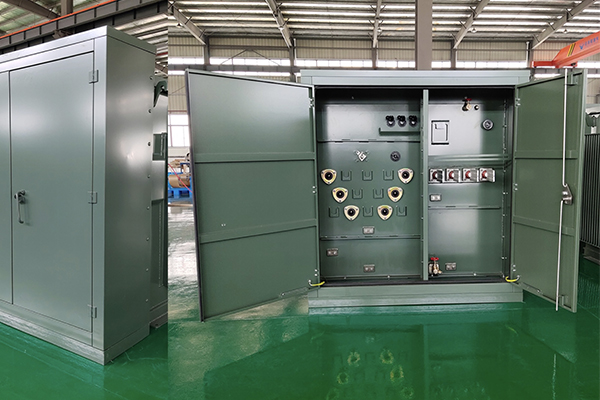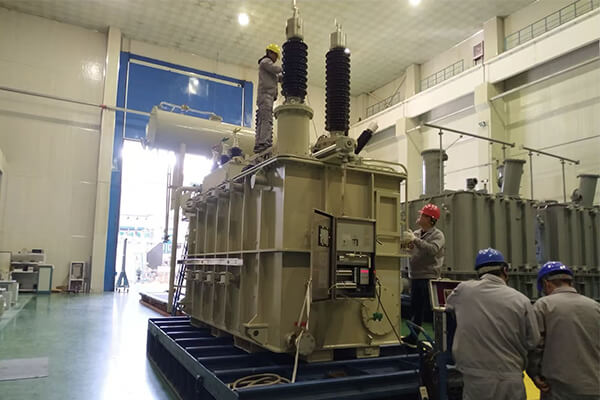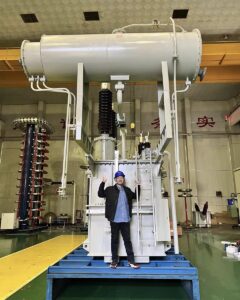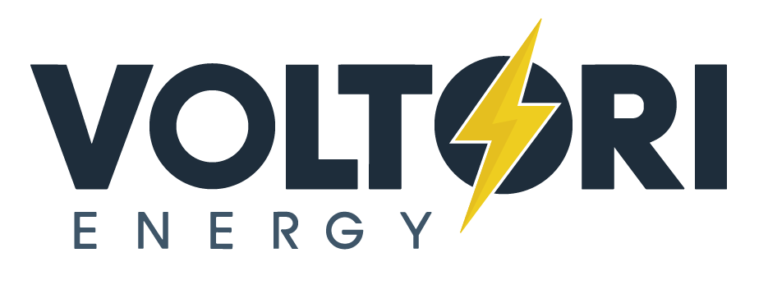Selecting the wrong transformer for your renewable energy project isn't just a technical hiccup—it's a potential disaster waiting to happen. I've seen projects delayed for months and budgets blown by over 40% due to inappropriate transformer selections.
The right transformer for a Canadian renewable energy project must match your specific voltage requirements, power capacity, and environmental conditions while complying with provincial regulations. Selection should consider extreme weather resilience, regional grid code variations, and total installed cost including transportation to remote locations.
 for renewable energy](https://voltoritransformer.com/wp-content/uploads/2025/08/image-1-create-a-detailed-watercolor-style-illustr.png)
After a decade in Canada's renewable energy sector, I've learned that transformer selection isn't just about checking technical boxes. It's about understanding the unique challenges of our vast country and how equipment must perform under some of the most demanding conditions on Earth. Let me share what truly matters when selecting these critical components.
How to Decide What Transformer to Use for Your Project?
Many developers face paralysis when confronted with transformer options. The wrong choice can lead to project delays, safety issues, or even catastrophic equipment failure during peak production seasons.
For Canadian renewable energy projects, you should select either liquid-filled transformers for larger outdoor substations (offering better cooling and longer lifespan) or dry-type transformers for indoor applications where fire safety is paramount. Match the transformer type to your project's location, size, and safety requirements.
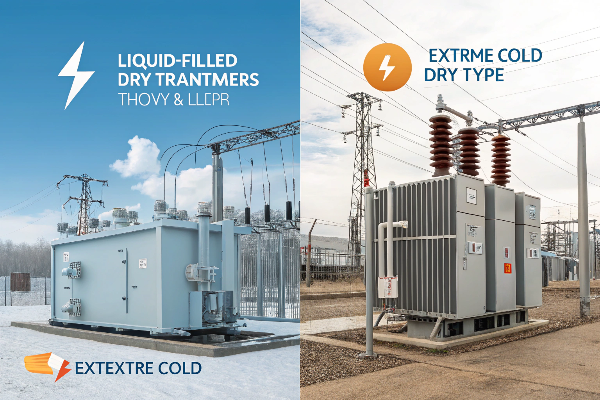
One lesson I learned the hard way came from an Alberta wind project where we selected technically compliant transformers without considering the extreme local climate. During the first winter, we faced catastrophic failures when temperatures plummeted to -45°C. The oil viscosity increased beyond operational parameters, and the cooling systems couldn't maintain proper temperatures.
This experience taught me to look beyond the basic specifications. For Canadian applications, ask detailed questions about cold-weather performance. Has the transformer been tested in extreme conditions? What specific modifications have been made for cold-weather operation? Does it have special heating elements to maintain oil temperature during cold startups?
Transportation is another critical factor often underestimated. I've seen projects where the transportation costs to remote locations reached 30% of the equipment value. In British Columbia's mountainous regions, we had to use specialized equipment and even helicopter lifts in some cases to deliver transformers to off-grid solar installations.
Remember that different provinces have significantly different grid codes. A transformer perfectly suited for Ontario's grid might not meet British Columbia's requirements without modifications. Working with suppliers who understand these regional variations can save enormous headaches during commissioning.
What Are the Criteria for Selecting a Transformer?
Many renewable energy developers rush transformer selection, focusing only on power rating and cost. This approach inevitably leads to problems with reliability, efficiency, and compliance that could have been avoided.
Key transformer selection criteria include: voltage ratio compatibility with your generation source and grid connection point, power rating matching your expected peak output, impedance values meeting utility requirements, insulation class appropriate for your site conditions, cooling system suited to your location's climate, and certification to Canadian standards (CSA/cUL).
 criteria](https://voltoritransformer.com/wp-content/uploads/2025/08/image-3-create-a-3d-render-style-illustration-of-a.png)
Beyond these basic criteria, there are several other factors that deserve careful consideration. Environmental protection features become crucial in environmentally sensitive areas, which many renewable sites are. I recall a solar farm project near a protected watershed where the local environmental authority required additional containment measures beyond the standard transformer design.
Noise levels also matter more than you might expect. In one Ontario wind project, we had to retrofit additional noise suppression measures at considerable expense because the initial transformer selection didn't account for provincial noise regulations for the specific location classification.
The balance between initial cost and lifetime value deserves special attention. High-efficiency transformers might cost 15-20% more upfront but can save substantial amounts over a 25-year project lifecycle. For a recent 10MW solar installation, we calculated the higher efficiency transformer would save approximately $375,000 in energy losses over the project lifetime – far exceeding the additional $45,000 upfront cost.
Monitoring capabilities are increasingly important as renewable sites often operate with minimal on-site personnel. Modern transformers can be equipped with various monitoring systems that integrate with your SCADA network. This allows for real-time performance tracking, predictive maintenance, and early fault detection – critical for remote sites where an undetected issue could escalate into a major failure before anyone physically inspects the equipment.
Here's a comparison of key factors to consider:
| Selection Factor | Impact on Project | Canadian Consideration |
|---|---|---|
| Cold Weather Performance | Operational reliability | Critical in most provinces; requires special design features |
| Provincial Grid Codes | Interconnection approval | Varies significantly across Canada; may require specific impedance values |
| Transportation Access | Installation timeline and cost | Can add 10-30% to total cost for remote locations |
| Efficiency Rating | Operational costs over lifespan | Higher efficiency units typically pay for themselves within 5-8 years |
| Monitoring Capabilities | Maintenance requirements | Essential for remote sites with limited personnel |
How to Determine What Size Transformer is Needed?
Undersizing a transformer leads to overheating and premature failure, while oversizing wastes capital and reduces efficiency. This common dilemma leaves many project managers uncertain about proper sizing.
To determine transformer size, calculate your system's maximum power output (in kVA or MVA), then add 25-30% capacity for future expansion and intermittent overloading. For solar farms, the transformer should handle 110-120% of the maximum inverter output; for wind farms, it should handle the total rated capacity of all turbines with appropriate diversity factors.
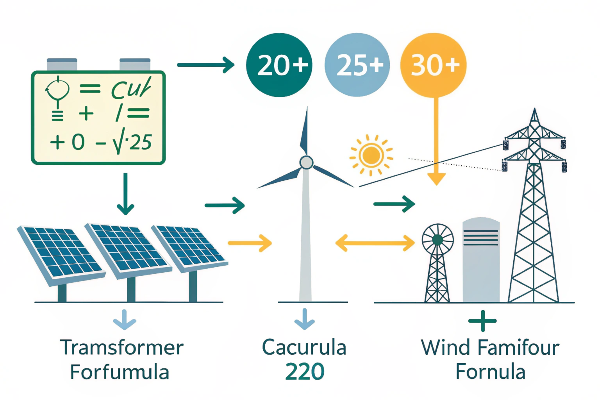
The sizing challenge becomes more complex when dealing with the variable nature of renewable generation. I've worked with numerous clients who initially approached sizing based on nameplate capacity of their generation equipment without accounting for other critical factors.
In solar applications, for example, solar panel DC ratings don't directly translate to transformer requirements. You must consider the AC output from inverters, which is typically lower than the DC rating of the panels. However, inverters can sometimes produce reactive power that the transformer must handle. In a Saskatchewan solar project, we had to replace an undersized transformer because the client hadn't accounted for the reactive power requirements specified by the local utility for grid stabilization.
For wind projects, the challenge is different. Wind turbines can experience significant power surges during gusty conditions. In coastal Nova Scotia, we implemented a sophisticated approach where we sized transformers based not on average output but on statistical models of wind patterns and corresponding power production. This included analyzing the 95th percentile of power production events rather than just the rated capacity.
Energy storage integration is another factor complicating transformer sizing. As more renewable projects incorporate battery systems, transformers must handle bidirectional power flow and potentially higher peak loads during discharge cycles. For a recent hybrid wind-battery project, we specified a transformer with 40% additional capacity beyond the wind generation component to accommodate the battery system's maximum discharge rate.
Here's a practical sizing approach I've developed after many projects:
- Calculate base capacity requirements from generation equipment
- Apply technology-specific factors (110-120% for solar, site-specific for wind)
- Add capacity for auxiliary systems and future expansion (minimum 25%)
- Verify the calculated size against utility connection requirements
- Conduct load flow and stability studies for larger projects
- Consider N+1 redundancy for critical installations
Are Transformers Used in Renewable Energy?
Many newcomers to renewable energy wonder if these projects even need transformers, often confusing them with inverters or thinking new technology has eliminated the need for this traditional equipment.
Transformers are essential components in virtually all utility-scale renewable energy systems. They convert the low/medium voltage electricity produced by solar panels or wind turbines to the higher voltages required for efficient transmission on the grid. Even off-grid renewable systems typically require transformers for voltage conversion between components.

Having worked on dozens of renewable energy projects across Canada, I can confirm that transformers play multiple critical roles beyond simple voltage conversion. In solar farms, they serve as the interface between the inverter outputs (typically 600V or 800V) and the collection system (often 34.5kV). Without properly specified transformers, the valuable energy generated would never reach the grid in a usable form.
Wind farms present even more complex transformer requirements. Each turbine typically has its own transformer, stepping up voltage from the generator output (usually 690V) to the collection system voltage. Then, a larger substation transformer connects the entire wind farm to the transmission grid. I worked on a wind project in New Brunswick where we needed specialized transformers designed to handle the fluctuating loads typical of wind generation while withstanding the harsh coastal environment.
The relationship between transformers and other power electronics in renewable systems is often misunderstood. While inverters convert DC to AC power, they don't eliminate the need for transformers. In fact, they create additional considerations for transformer design. Harmonics generated by inverters can cause transformer heating and reduced efficiency if not properly addressed. For a large solar project in Ontario, we specified transformers with K-factor ratings to handle the harmonic content without overheating.
Energy storage systems introduce additional transformer applications. In a recent hybrid solar-plus-storage project, we implemented a transformer configuration that could handle bidirectional power flow as the batteries charged during peak production and discharged during peak demand periods.
Even off-grid renewable systems rely on transformers. For remote communities transitioning to renewable microgrids, transformers are essential for integrating various generation sources and maintaining stable voltage across the local distribution network. In a northern off-grid community project, special transformers were required to handle both the renewable inputs and the existing diesel generators during the transition phase.
Conclusion
Choosing the right transformer for your Canadian renewable energy project requires balancing technical specifications, local conditions, and long-term operational needs. Don't underestimate the impact of this decision on your project's success.
Need expert guidance on transformer selection for your renewable energy project? Voltori Energy delivers custom-engineered power transformers designed for Canada's unique challenges.
